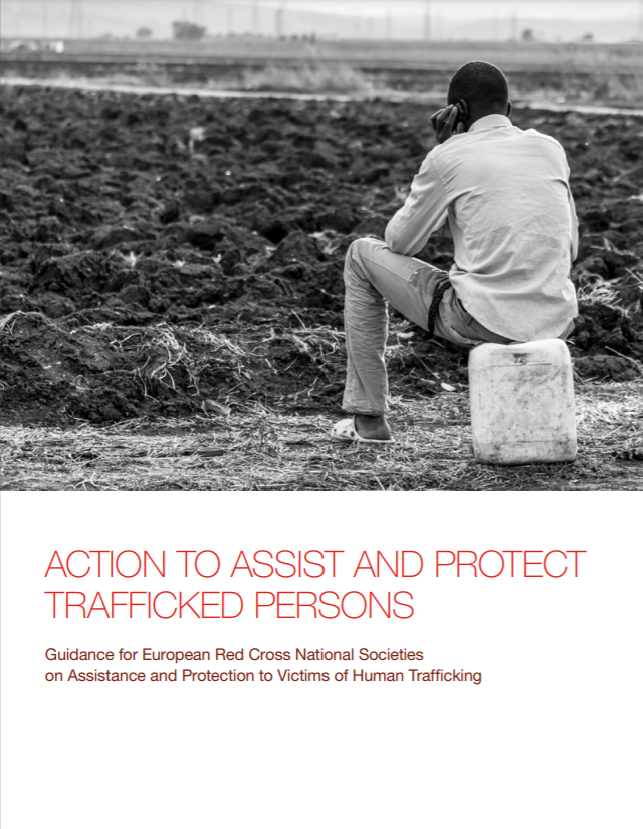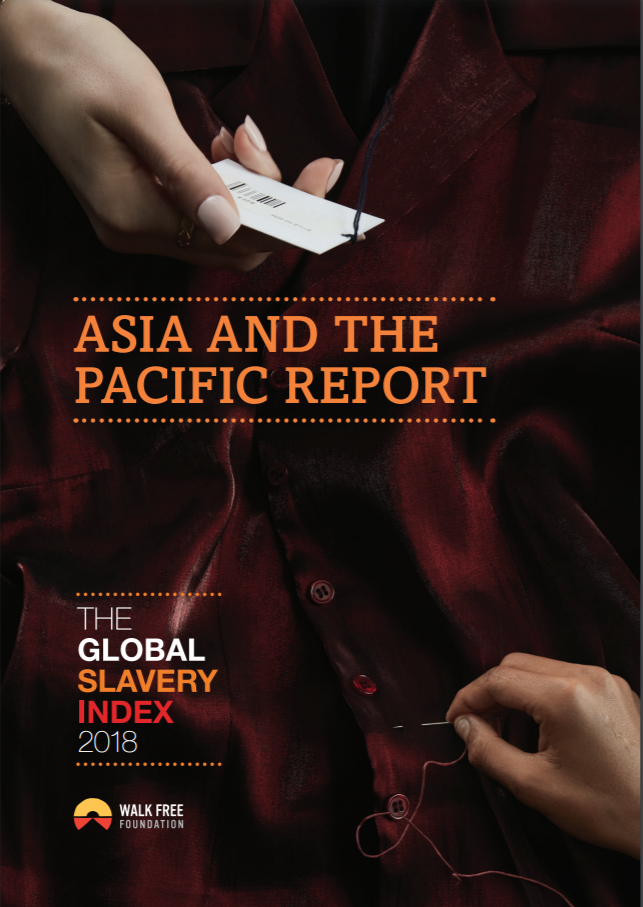Training-of-Trainers Curriculum on Standard Operating Procedures for Identification and Referral of Trafficked Persons in Lebanon

The draft Standard Operating Procedures (SOPs) for Identification and Referral of Trafficked Persons in Lebanon have been elaborated in the framework of the project ‘’Training to Enhance Lebanese Anti-trafficking Effort (TELAE): Identification, Referral and Policy Responses’’ implemented by the International Centre for
Migration Policy Development (ICMPD) and financially supported by the United States Department of State, Office to Monitor and Combat Trafficking in Persons.
The SOPs are carefully in line with human rights and international standards and policy developments. The SOPs are adapted to the national procedures and anti-trafficking legislation in Lebanon, Law Number 164 Punishment of the Crime of Trafficking in Persons, and are meant to build upon the existing national mechanisms and take them a step further towards more coordinated action. The draft document, divided into two Standard Operating Procedures (SOPs) sections, was jointly developed and validated by the nominated focal points from the relevant governmental, non- governmental and international organizations in
Lebanon. Each institution/organization nominated two representatives to participate in the elaboration of the SOPs as well as in the other activities of the project.
Country
Lebanon
Region
Middle East
North Africa
Year
2013
Category





